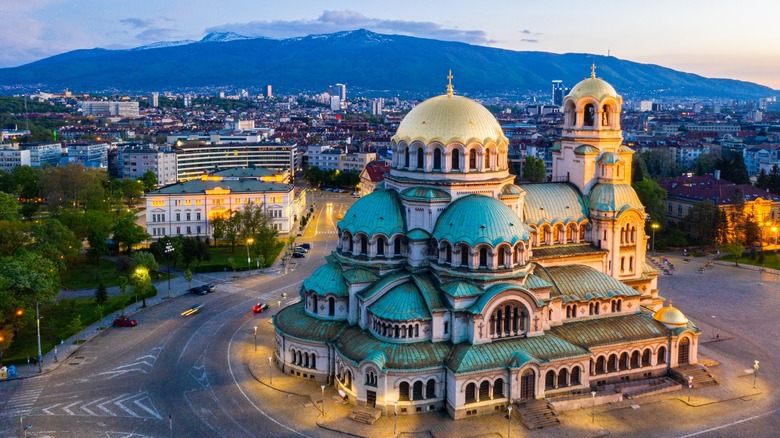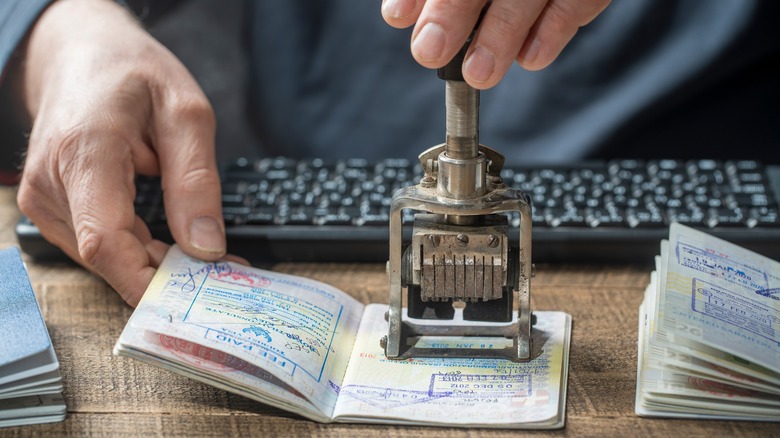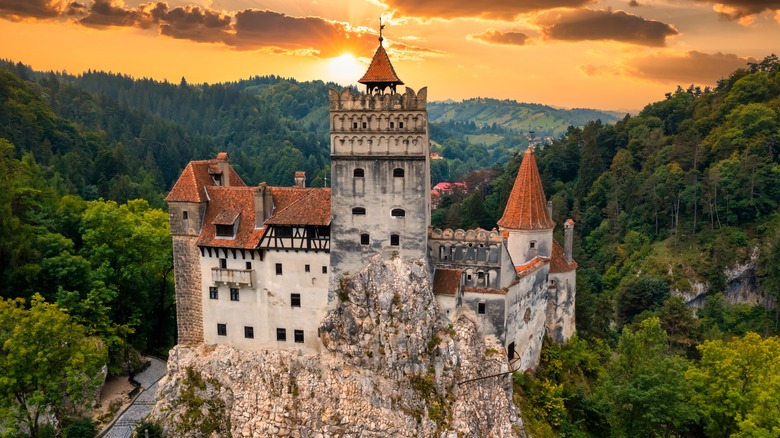Eastern Europe is full of fabulous gems, like the Bran Castle of Transylvania (aka Dracula’s castle) in Romania. Or, the Roman ruins in Plovdiv, Bulgaria, one of the oldest cities in the world. If you’re hoping to feast your eyes on this underrated region of the world anytime soon, a recent update may impact your travel plans. As of March 31, 2024, Romania and Bulgaria will be the latest countries to be added to the Schengen Area, a travel zone free from border control.
This policy update will be rolled out in two parts. First, the air and sea borders will be removed just in time for the summer travel schedule. After that, officials will decide on a date to clear the land borders, notes a press release from the European Council. In other words, depending on how you arrive in Romania or Bulgaria and where you’re departing from, you may not need to show your passport. Plus, you’ll be free to travel between the two countries with ease.
How the Schengen Area works

Formed in 1985, the Schengen Area is a group of 27 (soon to be 29) European countries with an open border policy, allowing 400 million European citizens to travel freely across 2.5 million square miles of land. It’s one of the largest border-free zones in the world. With the addition of Romania and Bulgaria, Cyprus and Ireland will be the only members of the European Union who are not part of the Schengen Area.
To be approved for membership in the Schengen Area, countries must undergo evaluations and be on the same page about issues like external border control, police cooperation, visas, and personal data. From there, the group must consult with the European Parliament, and all the heads of participating countries must approve the vote unanimously. In this case, negotiations took 12 years, as some leaders, like representatives from Austria, wanted to tighten migration flow in the existing Schengen Area before adding new members.
Eventually, though, all members agreed, and the move was celebrated on X, formerly known as Twitter, by Ursula von der Leyen, the president of the European Commission. “Today is a day of great pride for Bulgaria and Romania. The decision to lift internal air and sea border checks … is a major step forward for them and for the Schengen area. Both have worked hard for it. They both deserve it. They will make Schengen even stronger.”
What this means for American travelers

Once you enter the Schengen Area, you can travel freely without border checks between participating countries. That said, you can only stay for 90 days within a 180-day period — not per country, but for the entire zone. If you want to visit other countries besides Romania and Bulgaria, use the European Commission’s Short-Stay Visa Calculator to make sure you don’t overstay your welcome. Once your time is up, you’ll have to wait three months before you can enter the Schengen Area again.
This update to the rules does not automatically mean you will be allowed into the Schengen Area. When you arrive, border control might be as simple as a quick passport check and entry stamp. Technically, though, you can be asked about the purpose of your travels, the length of your trip, and whether you have the means to support yourself (i.e., bank statements).
Print out your travel plans or have them ready to show on your phone. Also, double-check that your passport is valid six months past your trip dates, and remember to get both entry and exit stamps. It also doesn’t hurt to carry your passport with you, as internal borders can be reinstated in some circumstances, like a pandemic or security concerns. While it’s a lot to keep track of, you’ll get the hang of it in no time to enjoy your Eastern European getaway.

